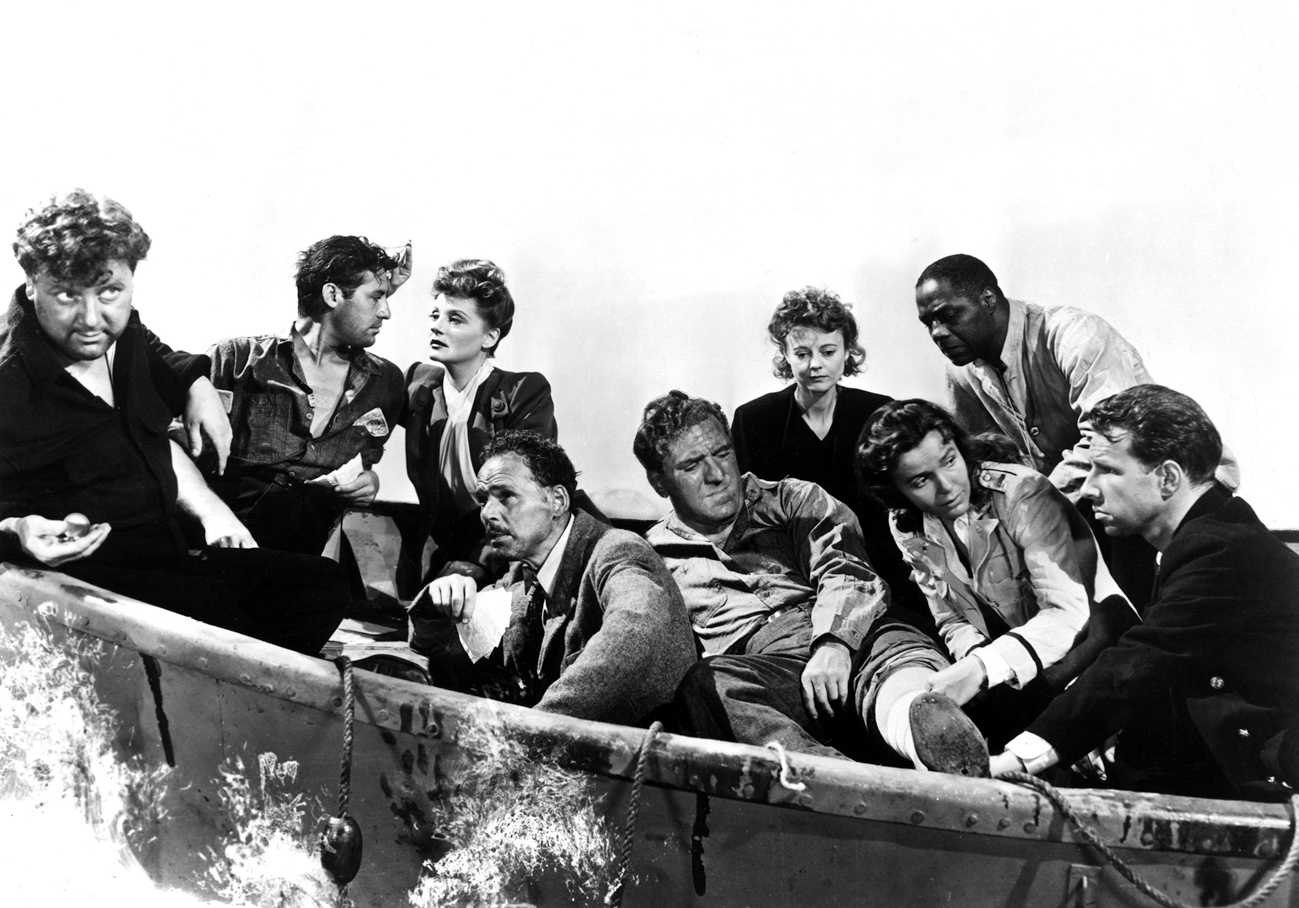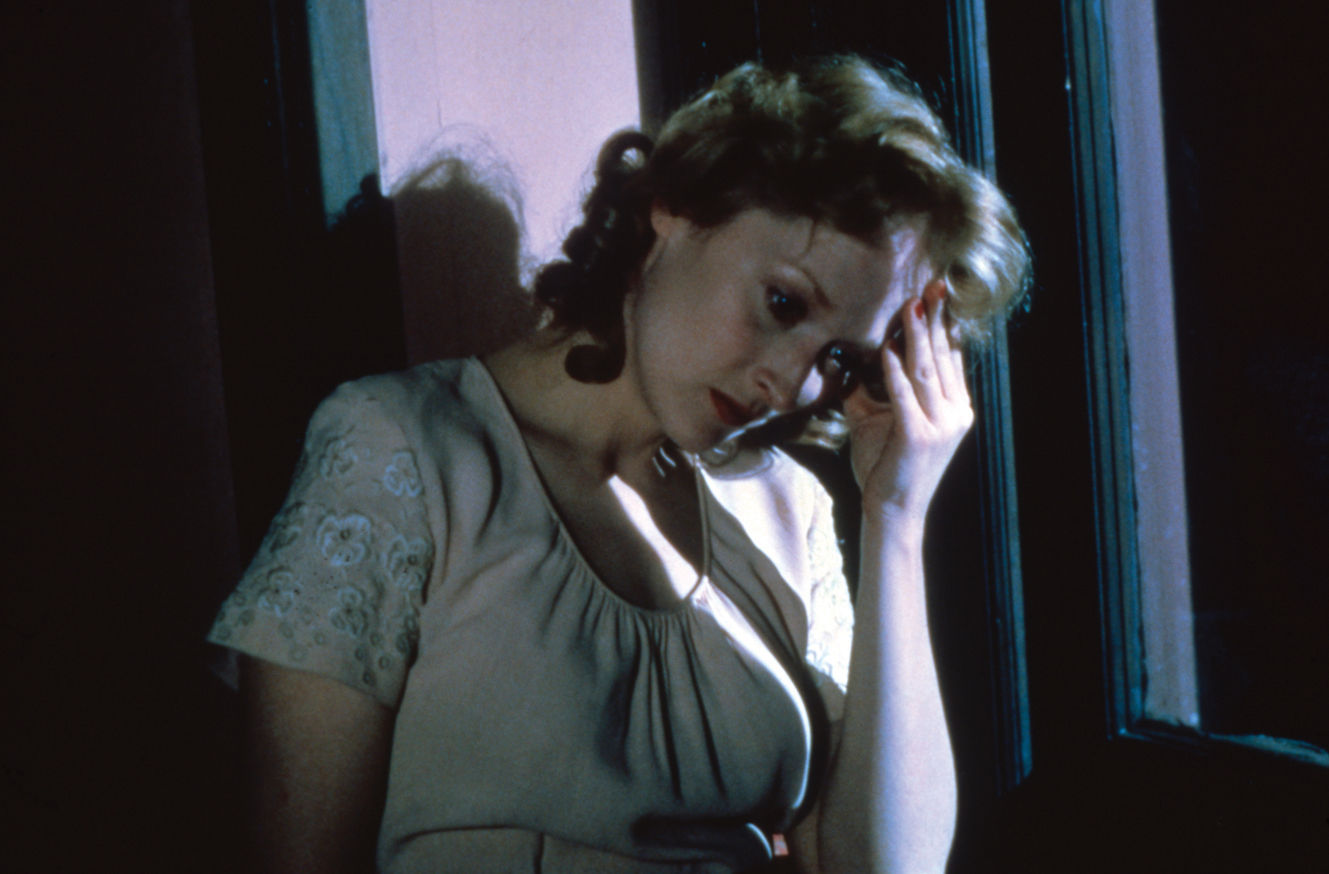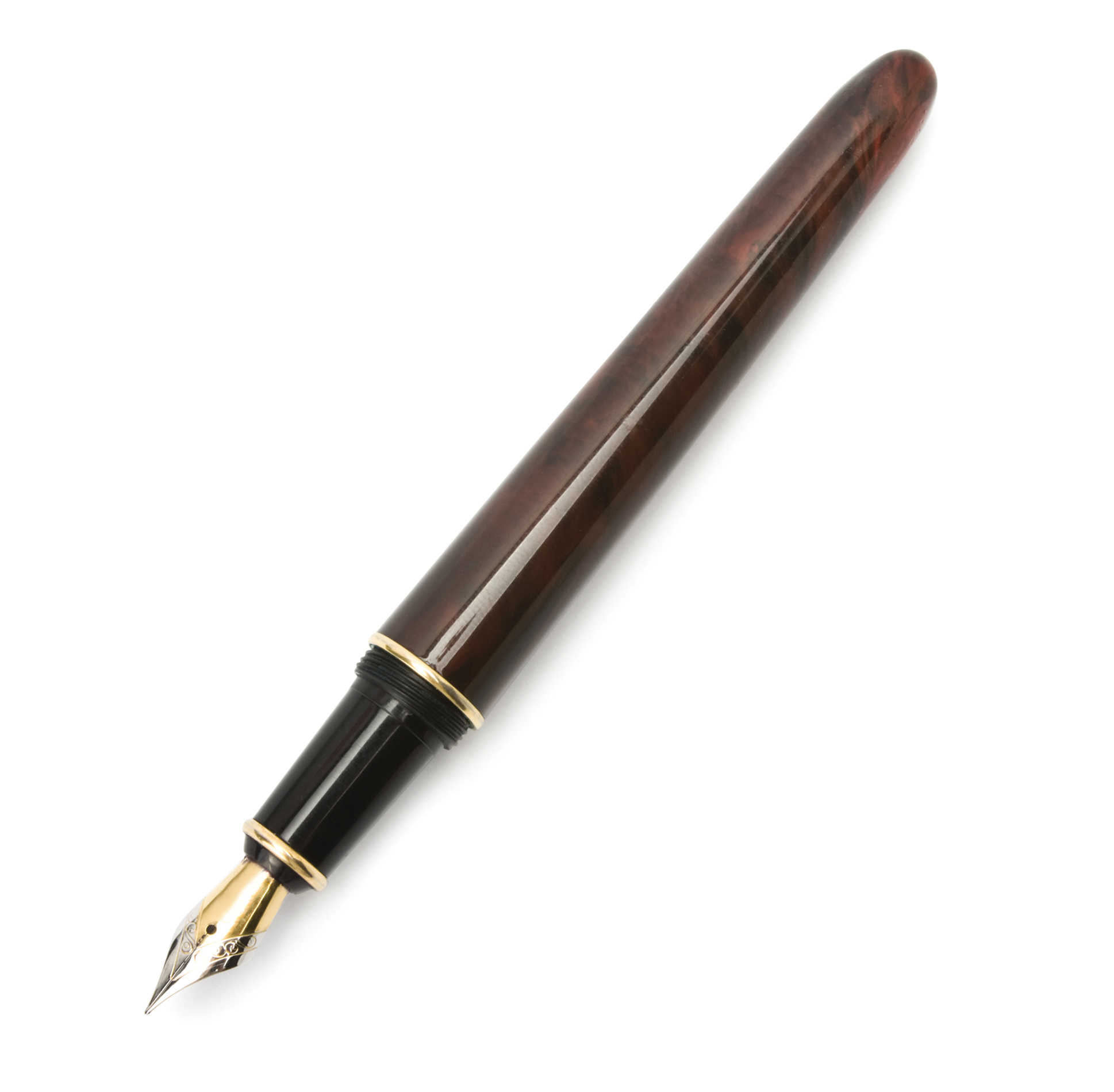Understanding Ethical Dilemmas
Life decisions tend to be somewhat messy, and it is often not easy to decide what is right or wrong or what is good or bad. In many real-life situations, people are faced with dilemmas—choices between alternatives that seem equally unfavorable. An ethical dilemma occurs when there is a conflict between two or more possible actions—each of which will have a similar consequence or outcome.
The classic ethical dilemma is the so-called lifeboat dilemma. In this hypothetical situation, a ship hits an iceberg, and survivors are crowded into a lifeboat. As a storm approaches, the captain realizes that he is faced with an ethical dilemma. If he does nothing, the overloaded boat will capsize, and all the people will drown. If he throws some of the passengers overboard, he will save those in the boat, but those he throws overboard will drown.

A scene from Alfred Hitchcock’s Lifeboat (1944)
© Ray Tamarra/The NY Times/Everett Collection

In the 1982 film Sophie’s Choice, a mother (played by Meryl Streep) is forced to make a terrible decision.
© Cat’s Collection/Corbis
Another ethical dilemma occurs in William Styron’s 1979 novel Sophie’s Choice. The novel’s narrator is fascinated by the story of Sophie, a woman who was arrested by the Nazis and sent along with her two children to the Auschwitz concentration camp. When she arrived, she was given a choice by a sadistic guard: one of her children would go to the gas chamber and one would be spared, but she had to choose which one. If she did not choose, both children would be murdered.
Ethical dilemmas are not just the stuff of fiction; people confront them every day. For example, an owner of a business who realizes that costs must be cut faces an ethical dilemma. If the owner takes no action, the business will fail, and all the employees will lose their jobs. If the owner lays off some employees, they will be hurt, but the business might be saved and so might the jobs of the remaining workers. A surgeon who has to separate conjoined twins who share a heart also faces an ethical dilemma. If the surgeon does nothing, both twins will die, but if the surgeon operates, one of the twins might live although the other will be sacrificed.
Often, the only way to resolve an ethical dilemma is to choose the lesser of two evils. Simple “right or wrong” or “good versus bad” prescriptions will not work in such cases. For example, killing may be morally, legally, and ethically wrong, but what if it is done in self-defense? Stealing is also wrong, but what if a person steals food to feed a hungry child? Although it may be tempting to apply clear ethical principles, you should be careful not to oversimplify the situations you are writing about.
 ETHICS
ETHICS
In ethics class so many years ago1
our teacher asked this question every fall:
If there were a fire in a museum
which would you save, a Rembrandt painting
or an old woman who hadn’t many5
years left anyhow? Restless on hard chairs
caring little for pictures or old age
we’d opt one year for life, the next for art
and always half-heartedly. Sometimes
the woman borrowed my grandmother’s face10
leaving her usual kitchen to wander
some drafty, half imagined museum.
One year, feeling clever, I replied
why not let the woman decide herself?
Linda, the teacher would report, eschews15
the burdens of responsibility.
This fall in a real museum I stand
before a real Rembrandt, old woman,
or nearly so, myself. The colors
within this frame are darker than autumn,20
darker even than winter—the browns of earth,
though earth’s most radiant elements burn
through the canvas. I know now that woman
and painting and season are almost one
and all beyond saving by children.25